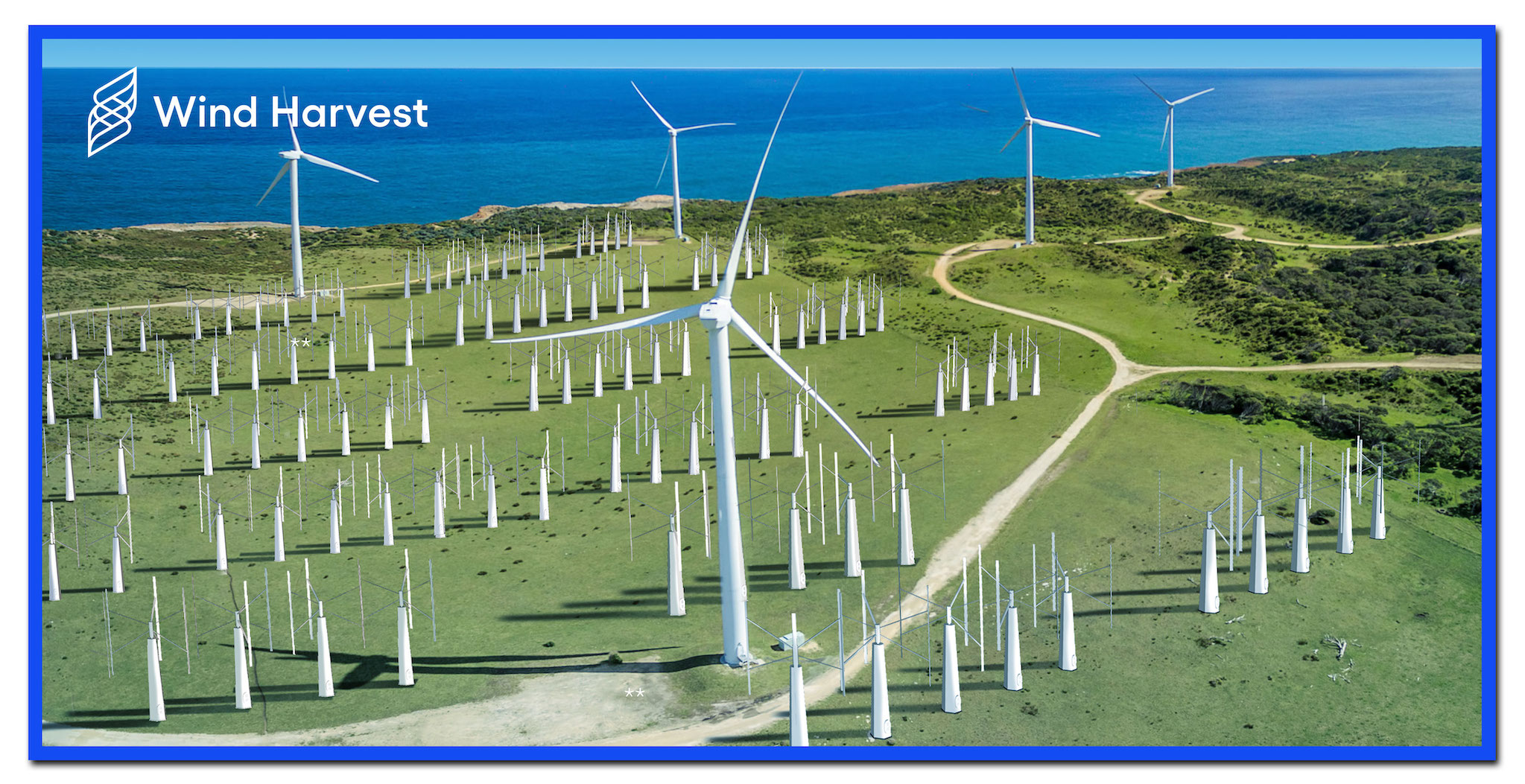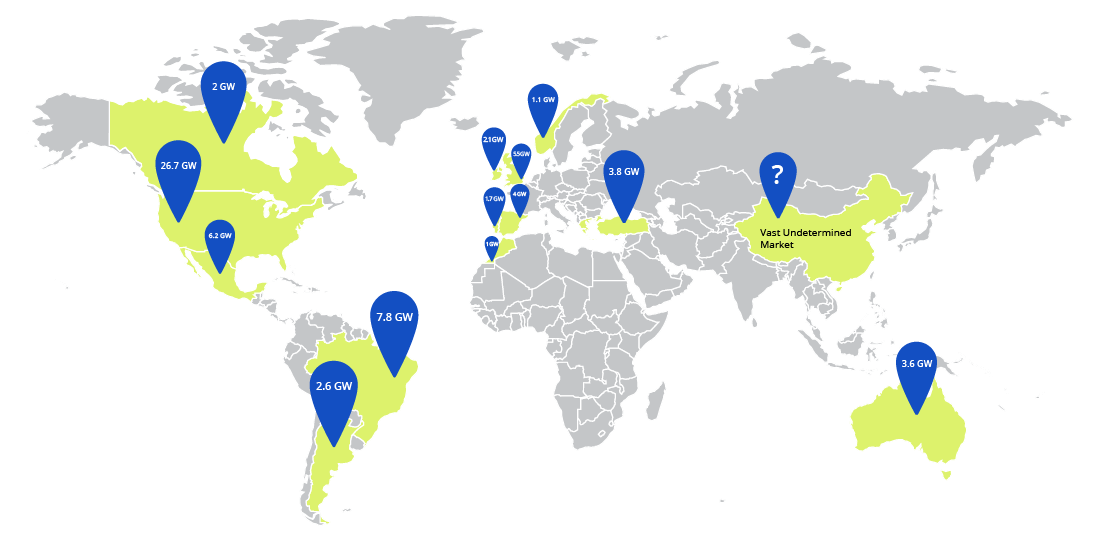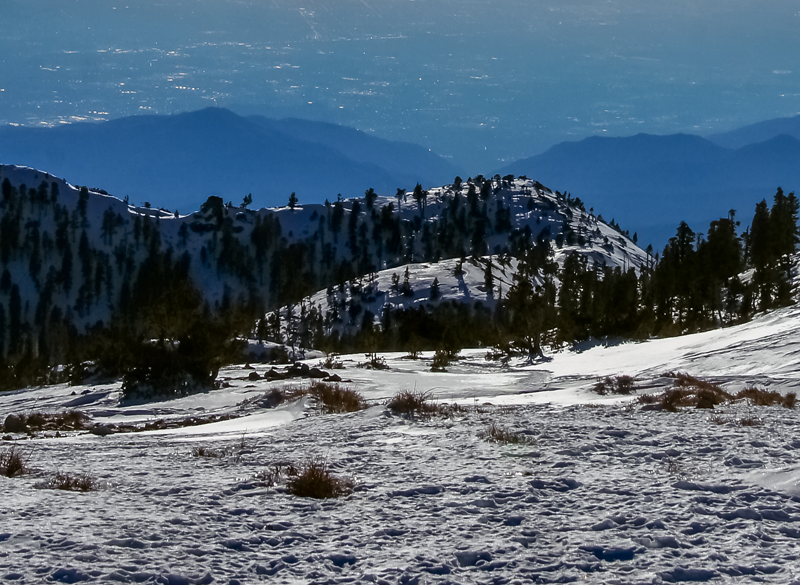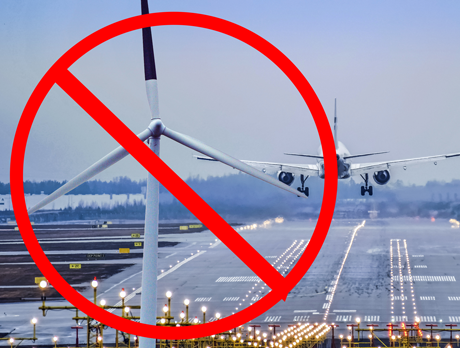Many excellent wind resources and markets are waiting for Wind Harvesters.
Right now, there are an estimated 140 gigawatts of profitable renewable energy potential in the unused middle layers of wind (from 15 to 100 feet above the ground) that blow beneath traditional turbines. If built out, that’s enough to power 140 million electric cars driving an average of 10,000 miles a year. Our plans envision hundreds of thousands of Wind Harvesters installed beneath and around already operating taller machines over the next 10-15 years.
When placed near each other, Wind Harvesters and propeller-type turbines can work synergistically to increase each other’s energy output. Adding Wind Harvesters to already developed projects creates minimal environmental impacts compared to new wind and solar projects because roads and other infrastructure are already in place.
It’s truly a win-wind for all.
Twenty percent of wind farms have the right conditions for mid-wind acceleration, with over 12,000 megawatts possible in California’s Wind Resource Areas alone. Our Wind Harvesters create the potential for most of these uniquely windy places to more than double their energy output by capturing this currently wasted resource.

Distributed Energy Production
A big market for Wind Harvesters lies in supplying power to local energy grids, avoiding the need to construct massive transmission lines. Distributed energy transmission lines are smaller and bring energy directly to our homes and businesses.
There are many windy places where our turbines, alone or with solar and storage, can harvest thousands of megawatts of unused but profitable wind resources. We can supply highly reliable, less expensive, clean energy to (among many others):


A key to the reliability of these Wind Harvester-based hybrid systems is that wind often blows at night, complementing solar and doubling the use of batteries.
Locations Unusable by Tall Turbines
Our compact Wind Harvesters can go where others cannot, where permitting for traditional wind turbines have been prevented due to: impacts on views, aviation, roads, setback easements, and wildlife.






